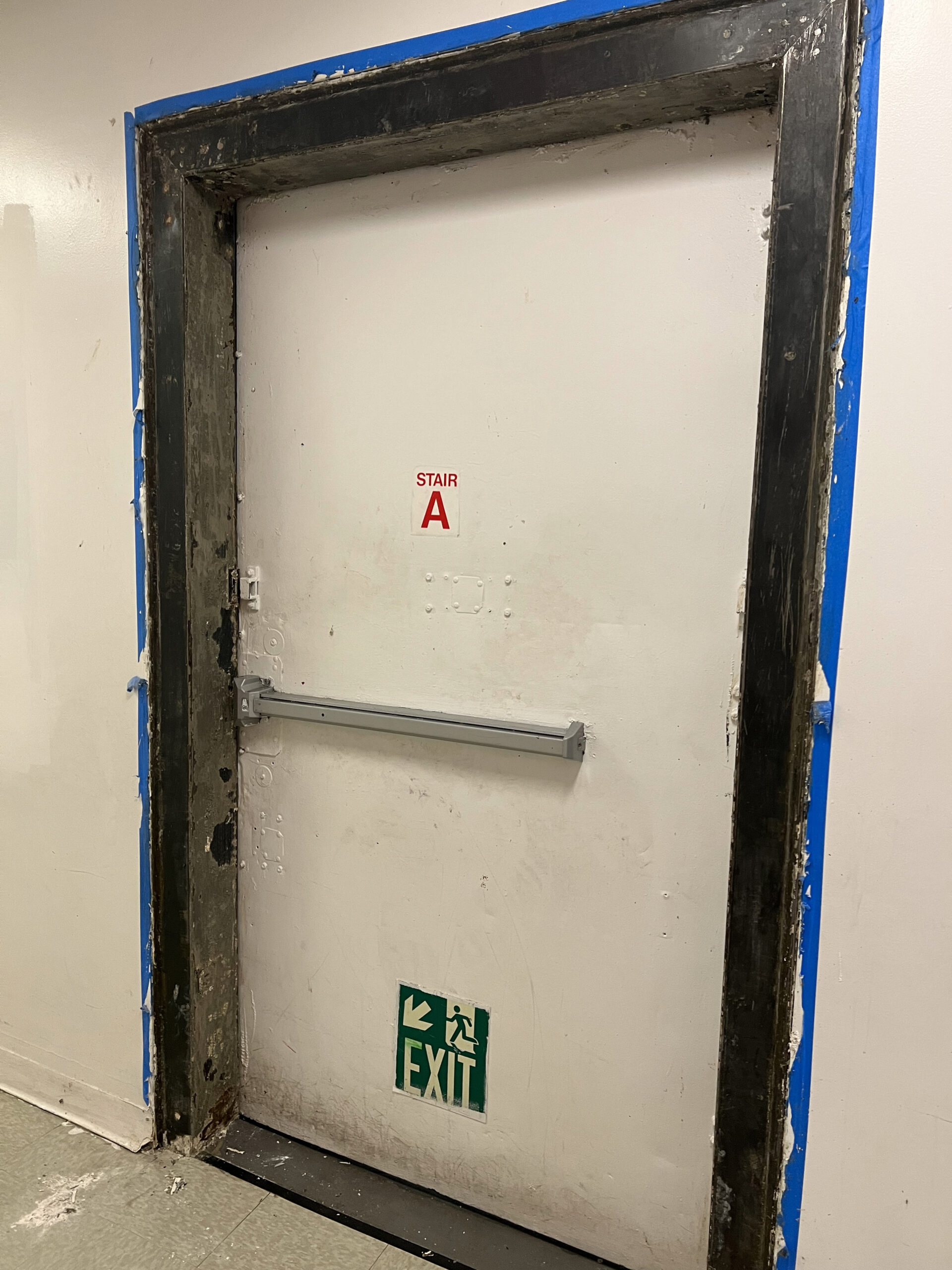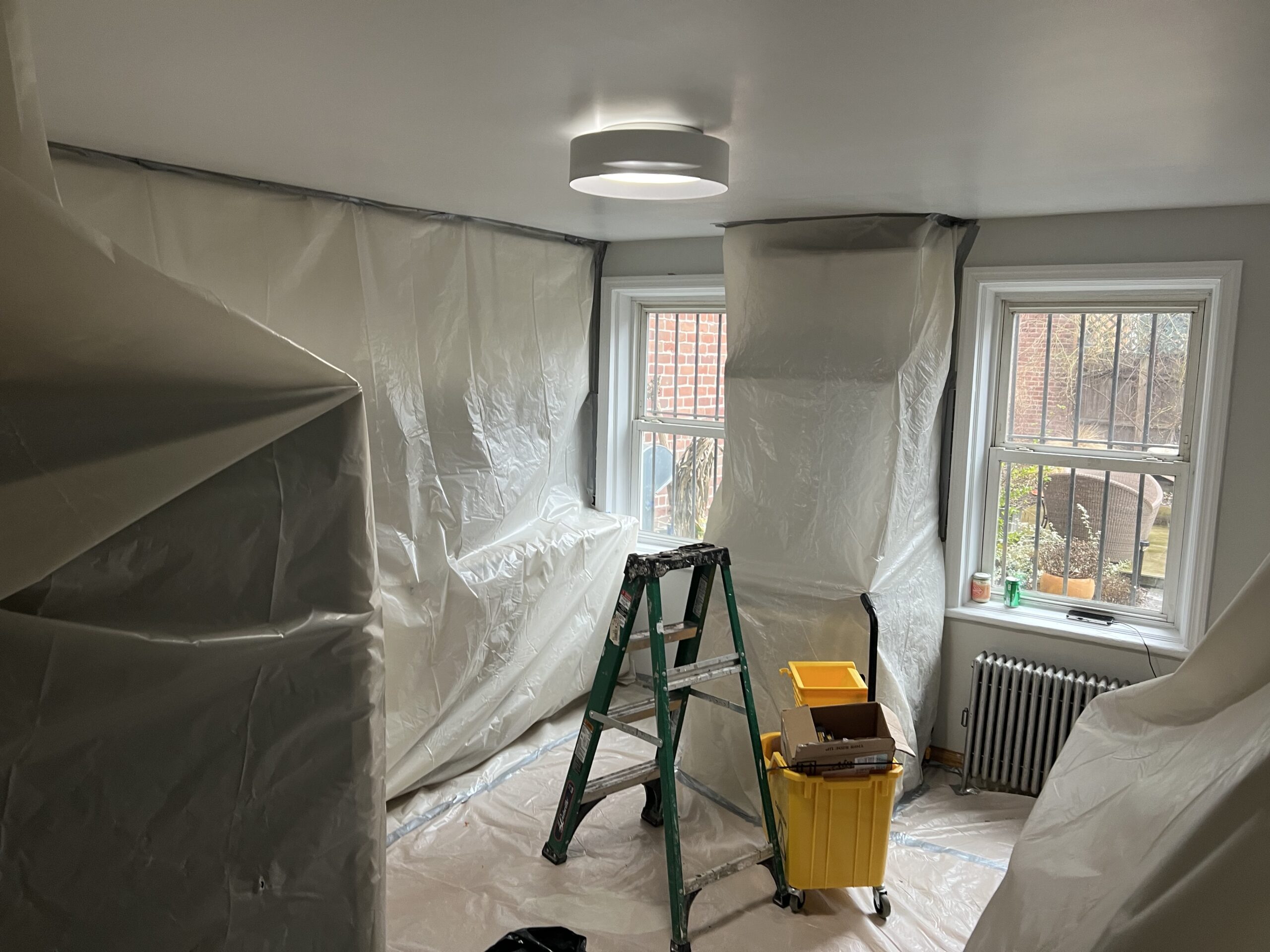Comprehensive Overview on Effective Lead Offense Elimination Methods
In the world of environmental safety, addressing lead offenses requires a precise and organized technique. This extensive overview begins by highlighting the critical first actions of determining lead dangers through sophisticated analysis and testing methods. The overview elaborates on the importance of adhering to stringent safety and security procedures throughout the removal process, consisting of the use of correct PPE and isolating influenced areas.
Identifying Lead Risks
Recognizing lead hazards is a critical initial action in reducing the threats linked with lead exposure. Lead, a poisonous metal, can be existing in various ecological tools, including paint, soil, water, and dirt.
The initial stage in identifying lead risks includes understanding typical lead sources within the developed setting. Frameworks developed prior to 1978 are particularly prone as a result of the common use of lead-based paint throughout that period. Additionally, dirt contamination can take place from deteriorating outside paint, industrial discharges, or historic use leaded gasoline.
One more substantial resource is lead piping and pipes components, which can leach introduce drinking water. Customer products such as toys, ceramics, and imported items might also have hazardous lead levels. Significantly, occupational environments and hobbies entailing lead can track pollutants into homes.
Analysis and Testing
When addressing lead hazards, reliable analysis and screening are paramount. This important action guarantees the identification and quantification of lead existence, therefore assisting subsequent removal initiatives. First assessment typically involves an aesthetic evaluation to determine potential lead sources, such as deteriorating paint or polluted dirt. This is enhanced by more strenuous screening approaches to ascertain the degree of contamination.

Dirt wipe tasting is another crucial method, particularly in residential setups. By collecting samples from floorings, windowsills, and other surface areas, this method provides understandings right into possible exposure threats. In addition, soil screening around structure boundaries is vital to spot lead contamination that could posture hazards, especially to children.
Safe Removal Procedures
Upon finishing detailed evaluation and screening, applying safe elimination treatments is the next crucial stage in dealing with lead hazards. great site This process makes certain that lead-contaminated products are efficiently and safely eliminated, lessening risk to both workers and residents. The initial step includes isolating the afflicted area using plastic sheet and proper sealing strategies to stop the spread of lead dirt.
Employees should don suitable individual safety equipment (PPE), including respirators, gloves, and non reusable coveralls, to minimize direct exposure. Employing specialized tools and damp approaches, such as damp fining sand or making use of HEPA-filtered vacuum cleaners, lowers the diffusion of lead fragments. It is important to stay clear of completely dry fining sand or unpleasant blowing up, as these techniques can produce harmful lead dust.
Waste disposal is one more important part; all contaminated products must be securely landed and labeled according to EPA and regional regulations. Furthermore, comprehensive cleansing of the workspace with HEPA vacuums and wet cleaning makes certain the removal of residual lead particles.
Post-Removal Confirmation

Verification of effective lead removal, understood as post-removal confirmation, is imperative to guarantee the security and habitability of the remediated location. This inspection makes sure that all recognized sources of lead have been attended to and that no noticeable signs of contamination remain.
Complying with the aesthetic evaluation, environmental sampling is carried out. This involves collecting dirt, soil, and sometimes water samples from the remediated location. Recognized laboratories analyze these samples to gauge lead degrees, guaranteeing they drop below the safety thresholds established by regulative bodies such as the Epa (EPA)
Additionally, air high quality testing may be done to spot airborne lead bits, particularly in cases where extensive lead-based paint removal or restoration has happened. The outcomes of these examinations offer quantitative data validating that the lead levels are within acceptable restrictions.
Eventually, post-removal verification works as an essential checkpoint, validating the performance of the lead reduction efforts and securing the wellness of owners and visitors.
Safety Nets and Maintenance

A crucial preventative step consists of the use of lead-safe certified contractors for any restoration, repair service, or paint tasks. These professionals are learnt methods that reduce lead dirt and debris. Additionally, keeping colored surface areas to prevent chipping or peeling off is crucial, as wearing away paint can launch lead bits into the setting.
Educational campaigns targeting homeowner and renters concerning the dangers of lead and the significance of reporting any kind of potential hazards can better improve preventative efforts. Routine cleansing using HEPA vacuum cleaners and wet wiping methods can significantly minimize lead dust buildup.
Final Thought
In summary, reliable lead violation elimination necessitates a meticulous method encompassing comprehensive evaluation, exact testing, and rigorous elimination treatments. Ongoing assessments and maintenance are crucial to reduce future lead hazards, thereby webpage protecting public wellness and making sure continual compliance with governing requirements.